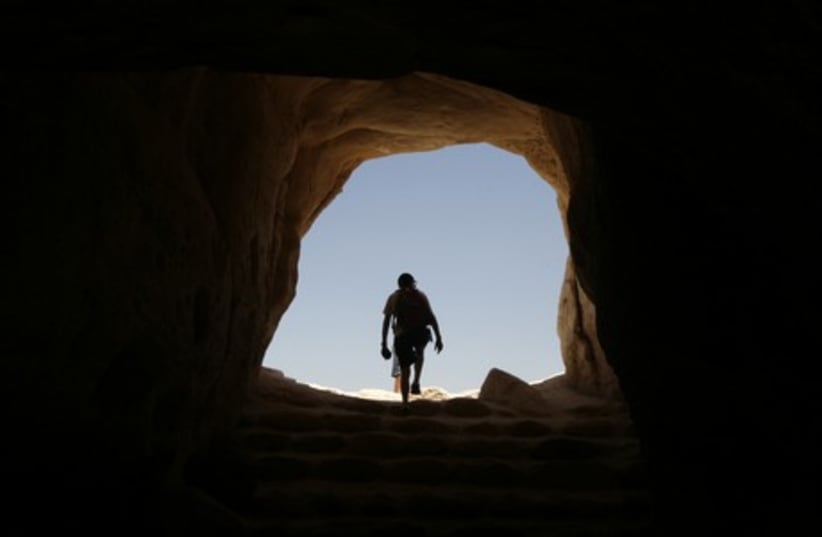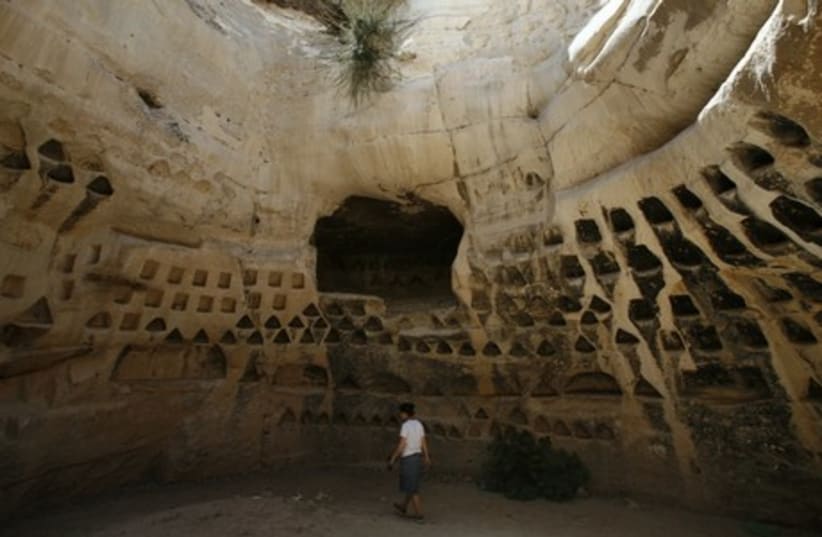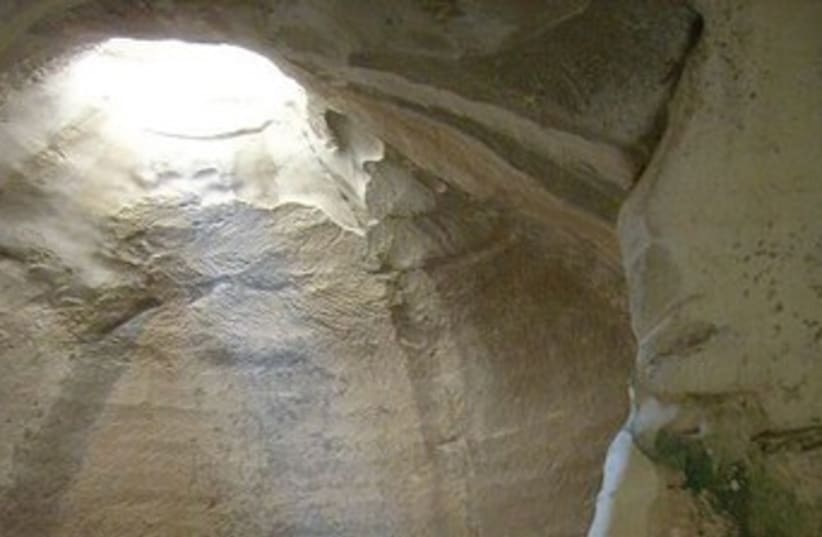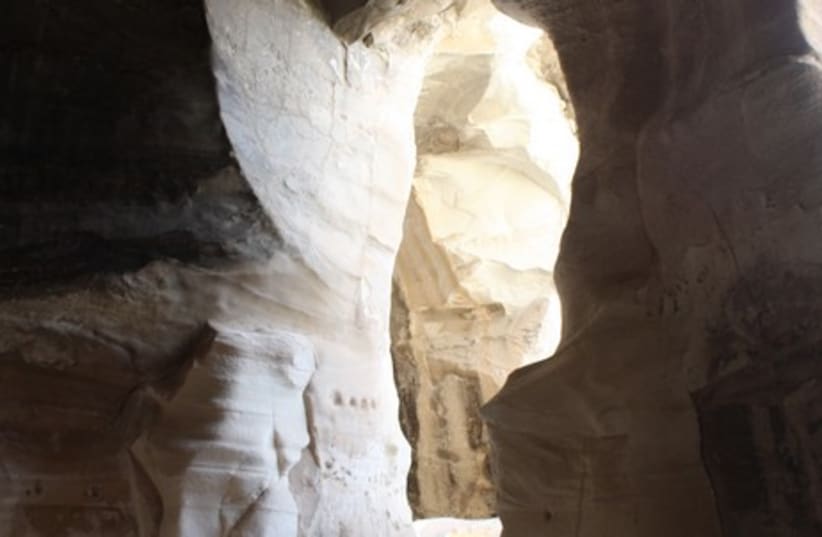





UNESCO’s selection of the Beit Guvrin-Maresha Caves during its 38th session in Doha, Qatar, brings the total World Heritage List of sites to 1,001. The caves, located in the Judean lowlands south of Beit Shemesh and east of Kiryat Gat, contain a “city under a city” characterized by manmade caves, according to a World Heritage Committee statement.The committee described the caves as excavated from a thick and homogeneous layer of soft chalk, including chambers and networks that served various functions. The caves and their chambers “bear witness to a succession of historical periods of excavation and usage stretching over 2,000 years, from the Iron Age to the Crusades,” the committee statement said. Although the original excavations were quarries, many were converted for a variety of agricultural and craft industry purposes, as well as for baths, tombs, places of worship, and hiding spots, the committee added.With the park’s acceptance, Beit Guvrin becomes the eighth Israeli site to join the UNESCO World Heritage List. Prior to Beit Guvrin-Maresha, the most recent Israeli addition to the list were the Nahal Me’arot/ Wadi El-Mughara caves in the Carmel, during a vote in June 2012. The other Israeli sites on the list include Masada; the Old City of Acre; the White City of Tel Aviv; the biblical tels of Megiddo, Hatzor, and Beersheba; the incense route of desert cities in the Negev; and Bahai’i holy places in Haifa and the Western Galilee.The decision to add Beit Guvrin-Maresha to the World Heritage List comes two days after the World Heritage Committee’s decision to include the agricultural terraces of the West Bank village of Battir on both the World Heritage List and the List of World Heritage Sites in Danger.Beit Guvrin-Maresha Caves National Park was nominated by the Israel Nature and Parks Authority (INPA) by means of the Education Ministry’s Israel National Commission for UNESCO and the Foreign Ministry, in conjunction with the Yoav and Lachish regional councils, the Government Tourism Corporation, Bar-Ilan University archeological institutions, Archaeological Seminars Institute Ltd., the Israel Antiquities Authority, and the Hebrew University’s Cave Research Unit.“This announcement positions Israel as a bridge between ancient cultures and an important center for the preservation of world heritage, with a unique connection to the past and present,” a statement from the INPA said.The national park – which is part of “the land of a thousand caves” – is a five-square-kilometer area within a 100-square-kilometer lowland region, containing many different types of caves, according to the INPA. Within the area, there are about 500 caves, most of them contained in systems with dozens of rooms, the INPA said. While the caves had many purposes, as described by the World Heritage Committee, they were not used for residences due to health reasons, the INPA said.The first caves of the region were carved in Tel Maresha in the 9th century BCE, and the caves were most popularly used during the second and third centuries BCE, the INPA explained. During the first centuries of the common era, the Beit Guvrin caves were carved – perhaps most famously the Beit Guvrin “bell caves” – in the sixth through eighth centuries CE, the INPA said. The last use of these caves occurred in the 10th century CE, marking about 2,000 years of their utilization.“We are delighted by the professional opinion declaring the caves of Maresha and Beit Guvrin as World Heritage Sites by the World Heritage Committee of UNESCO,” said Dr.Zvika Tzuk, the INPA’s chief archeologist.“Much work has been invested in preparing the case by officials and many people have ultimately brought about this success. Thanks to the large number of caves and their various types, as well as the duration of time for which they were used – which spanned close to 2,000 years – this special site won recognition as a site of outstanding global value.”The INPA pledged its commitment to continue developing the site as a critical component of the cultural heritage of the State of Israel, together with public agencies and NGOs, the authority added.